Arriving in Cape Wrath in 2022, the culmination of my 1,000-mile walk from the bottom to the top of Britain, I expected to feel elated.
Instead, I sat eating a damp cheese and pickle sandwich, wrestling with a strange sense of grief.
I had walked all the way from Lymington, on the south coast, right through to the tip of Scotland, and throughout those eight weeks had focused very much on the days – not my final destination. I hadn’t imagined I would feel so low when the my trip finally came to an end.
The depressing thought of my journey being over was relieved only by one thought: there had to be another walk on my horizon.
Luckily, my desire for more adventure was bolstered by something else that had occurred to me over the course of my expedition. Despite ours being an island nation, I had thought and seen little of our coast. And so my next challenge was born. I decided I would travel the length of Britain’s varied, marvellous and ever-inspiring coastline.
With that journey now under my belt – and written about in my new book, The Restless Coast: A Journey Around The Edge Of Britain – here are some of my favourite spots I visited along the way, as well as the shores worth steering well away from.
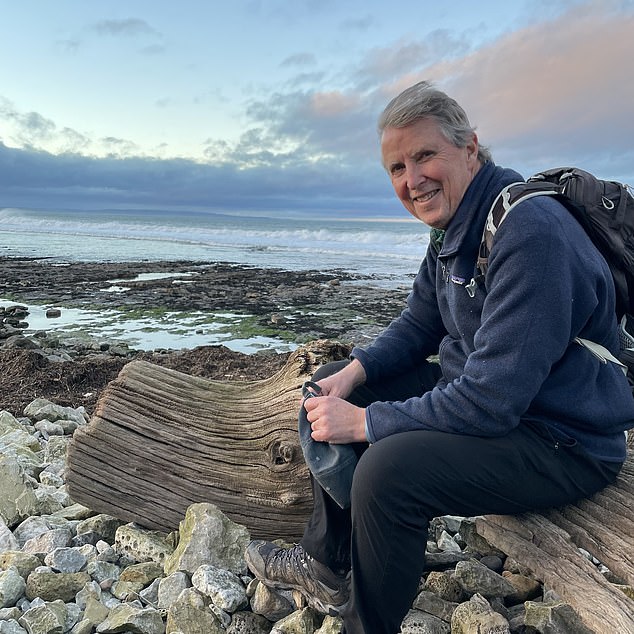
Roger Morgan-Grenville has walked Britain’s coastline – and written a book about his experience
Northumberland Coast 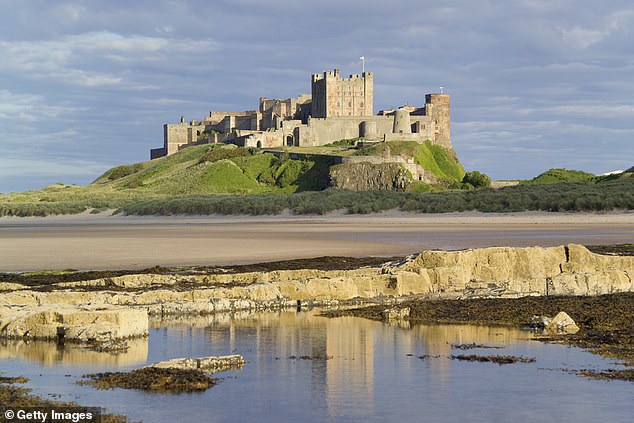
The whole stretch of coastline is punctuated by spectacular castles, such as Bamburgh, pictured, and Dunstanburgh, with great tomes of British history to sink your teeth into
It might be a little harder to get to – and it’s certainly less fashionable than, say, Cornwall – but I was very taken with the Northumberland coast during the northern portions of my expedition.
The whole stretch of coastline is punctuated by spectacular castles, such as Bamburgh and Dunstanburgh, with great tomes of British history to sink your teeth into.
It’s also worth crossing over to the tiny, but mighty, Holy Island of Lindisfarne, which remains a site of pilgrimage today.
Something of a hopeless bird watcher, I also spent countless hours along my journey distracted by the skies and Northumberland is particularly good for spotting seabirds such as puffins and curlews – the latter of which are a particular favourite. Along with waves breaking on the shore, seabirds became the soundtrack of my journey.
Hayle Beach, Cornwall 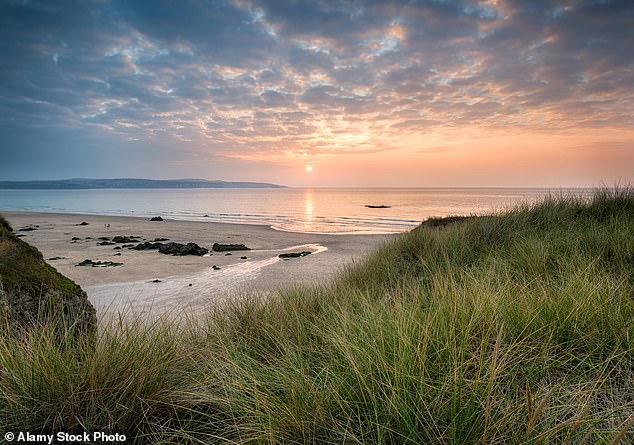
There’s a thriving subculture of beachgoers who head out every day to find the three missing Lego pieces on Hayle Beach, north Cornwall
I’ve found that talking to locals is almost always the best way to uncover more about wherever you’ve wandered. I’ve got better at identifying who might know something interesting or unusual, or simply be up for a chat.
On Hayle Beach on the north coast of Cornwall, for example, I spotted a woman who seemed to be on the hunt for something – which turned out to be Lego. She explained why: in 1997, a terrible storm struck a cargo ship called the Tokio Express, knocking 60 containers into the ocean including one carrying nearly five million pieces of the plastic bricks, all headed for the USA and, ironically, all sea-themed.
Today, there’s a thriving subculture of beachgoers who head out every day to find the three pieces still missing. There’s a black shark, a dragon and a green octopus still buried in the sand somewhere.
When you’ve finished Lego-mining for the day, the Cove Cafe is a great spot for a coastal coffee and cake.
Holkham, North Norfolk 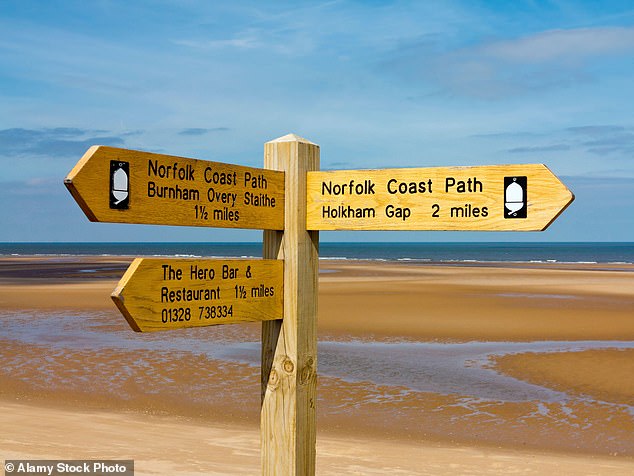
Holkham is one of the prime locations to watch the migration of geese and while walking through the latter, I was lucky to see 90,000 of the pink-footed variety, says Roger
One of the more awe-inspiring moments of my travels was during the winter, walking along the north coast of Norfolk.
The reserves around Salthouse, Titchwell and Holkham are all prime locations to watch the migration of geese and while walking through the latter, I was lucky to see 90,000 of the pink-footed variety flying over my head at seven in the morning from their tidal roost.
While we continue to face a severe nature loss crisis in Britain, witnessing moments like these is testament to the abundance and diversity of wildlife still here. Holkham has done so much to encourage the abundance of wildlife and it just goes to show what can be achieved.
You really don’t need to fly to far-flung places to immerse yourself in the wonders of the natural world – there’s so much already on our doorstep.
Bardsey Island, Wales 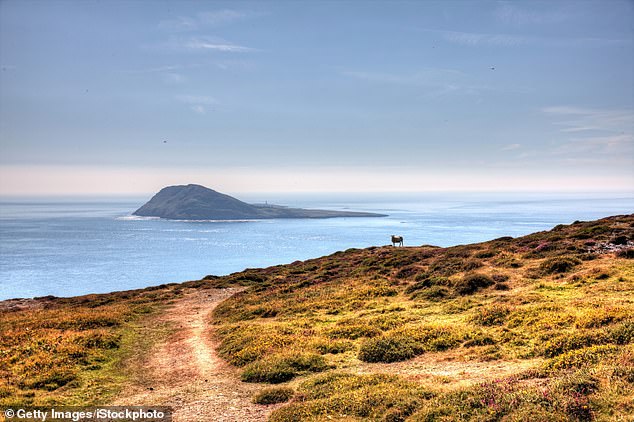
Islands such as Bardsey are often referred to as ‘thin places’, where the gaps between the physical and spiritual worlds are smallest
There are more than 6,000 isles off the British coast and I found myself increasingly drawn to these islands – particularly those on the west coast, such as Bardsey.
Despite being non-religious, one of the things that fascinated me was the idea of these islands being banks of religious history; 1,500-odd years ago, it was here that the early Christian monks came to set up life as hermits.
They’re often referred to as ‘thin places’, where the gaps between the physical and spiritual worlds are smallest. It might sound far-fetched, but visiting places like St Mary’s Abbey ruins, a sixth-century pilgrimage site, I really felt the historic significant of islands like Bardsey.
Crosby Beach 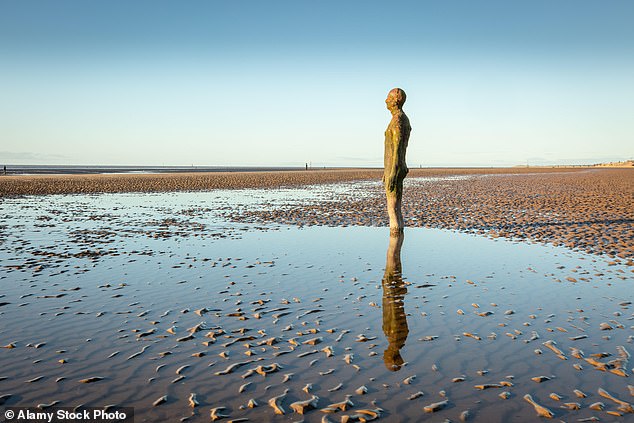
Liverpool’s Crosby Beach has fantastic views of the Wirral and North Wales but is probably best known for the Another Place sculpture by Antony Gormley
With wide, sandy stretches, Liverpool’s Crosby Beach has fantastic views of the Wirral and North Wales, and it’s already a popular spot for walkers as the starting point of the 21-mile Sefton Coastal Path.
It’s probably best known, though, for Another Place, an installation by British sculptor Antony Gormley made up of 100 cast iron figures looking out into the sea, modelled on the artist’s own body.
They’re fantastic to look at and walk alongside – be wary of the tidal movement, though.
Isle of Mull, Scotland 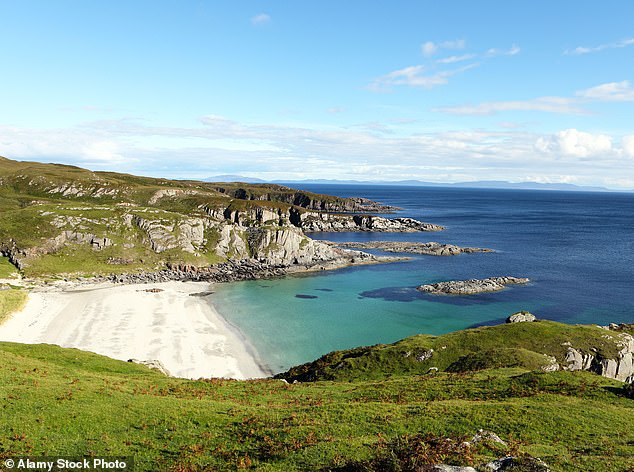
Roger credits his time staying with his grandmother on the Isle of Mull with his passion for nature and the outdoors
This Scottish island has long had a place in my heart. I spent weeks on end here during my childhood staying with my grandmother, who would always encourage me to spend my days outside. I credit her with the passion I have for nature today.
Mull has seen a great deal of really positive change since I was a boy. Back then, everyone seemed to leave as soon as they turned 18 to find jobs outside of farming on the mainland.
Then came along the white-tailed eagle and the Eurasian otters – both of which have seen a population resurgence in the past few decades.
This has not only provided wildlife-related jobs, but also put Mull on the map. Today, there’s a whole host of activities for visitors to do, including spotting otters on dedicated trails or watching the seabirds and whales from the shores.
Whitby, North Yorkshire 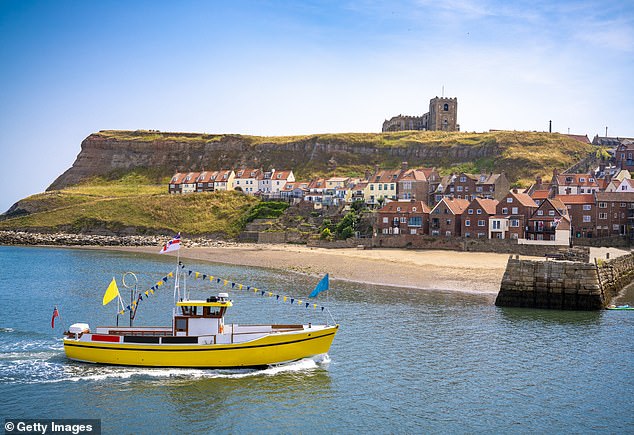
Whitby remains a discreet, beautiful harbour town in the shadow of its famous ruined abbey, writes Roger
I had little idea of what to expect from Whitby and was fascinated by the long history of Jet, the semi-precious black stone that originally made the town famous.
Each time the fashion faded, something else came along to save it: the national grief over Queen Victoria’s widowhood or the adoption of the town by goths in celebration of Bram Stoker’s Dracula having been written there.
Apart from anything, Whitby remains a discreet, beautiful harbour town in the shadow of its famous ruined abbey.
Dunnet Head, Caithness 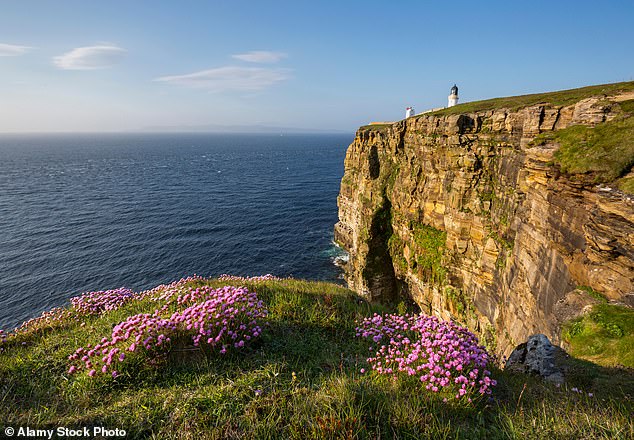
While John o’Groats might be the popular endpoint for many walkers, Dunnet Head is actually mainland Britain’s most northly point
I’ve never been able to understand why ‘end-to-end’ walkers finish at John o’Groats, which isn’t even the northernmost mainland point. That honour belongs to Dunnet Head, a few miles to its west, and crucially, to its north. More beautiful and less visited than its more famous neighbour, it is a far better place to finish a long journey.
… You can give these a miss St Ives, Cornwall
There’s so much of our coast that’s relatively unexplored, it seems a shame that places such as St Ives in Cornwall and Salcombe in Devon tend to get all of the limelight – particularly during the summer months when the infrastructure for tourism really comes under strain.
So overcrowded is St Ives, that when my wife and I were there, the nearest I could park to our dinner spot was a mile and a half away.
Langstone Harbour, Hampshire
It may be unfair to single it out, because it is a wonderful and attractive natural resource for nearby Portsmouth. But its waters have been badly damaged by the discharge of sewage to the point that some of the shellfish are starting to change sex under the chemical pressure. We need to get a grip of these discharges – and fast.
Lands End and John o’ Groats
The traditional start and finish points for a cycle ride or walk through Britain are tourist traps with little to offer beyond iconic sign posts for photo ops. If going south to north, my advice would be start at Lizard Point instead (the southernmost point of mainland Britain) and finish at Dunnet Head. Lizard Point is wild and full of geological interest. There are many other options, as well.
- As told to Genie Harrison.
The Restless Coast: A Journey around the Edge of Britain by Roger Morgan-Grenville is published by Icon Books (£22.99).
Roger’s top tips for long walking trips
- Chat to people as you go. Most are more than happy to share the secrets of their area and I got deeper under the skin of each area by talking to the locals. (Plus, they always know where best to eat!)
- Leave your headphones at home – you don’t want to miss out on the sounds going on around you.
- Do your research. It’s much better to walk along the coast knowing a little of its story than to discover it only when you get home and be sorry that you didn’t know before.
- Set off and finish early. The weather is generally better in the morning than the afternoon and it is good to get to your day’s destination before the evening, with time to get to know the place and its people.
- Don’t bite off more than you can chew. Much of the coastline is hilly and rough, and even someone who regularly walks 20 miles a day inland may well find that 12 is enough. Leave plenty of time for resting and enjoying the view.
- Enjoy the sand under your feet. When you walk along one of Britain’s many long, sandy beaches, tie your boots together, sling them around your neck and revel in the feeling of sand and mud between your toes.